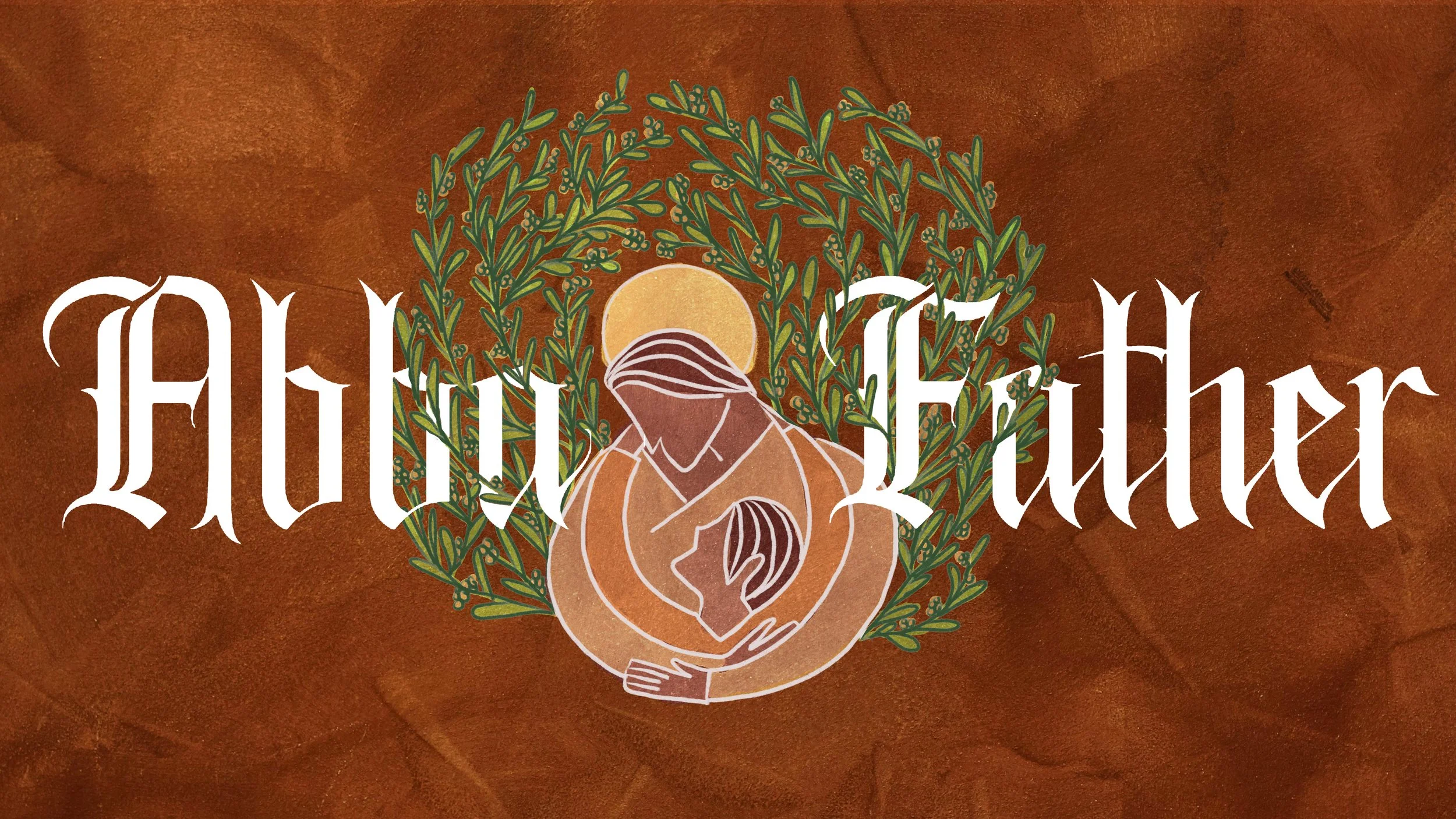A single word uttered from an open heart can do more for us than any amount of anxious babbling. There’s a lot of mental and emotional debris floating around us and within us that needs to be removed so we can see God clearly. Jesus reminds us that humility is our first posture in prayer, remembering that God is God and we are not.
One of the most ancient prayers we can pray is this: "Lord Jesus Christ, Son of God, have mercy on me (a sinner).” A simple prayer like this is meant for repetition so that it becomes like breathing, sinking down from lips to heart - your spirit prays even when your lips aren’t.
Everything about our faith flows first from sharing in divine love with Jesus through prayer. Often the story of Mary and Martha is reduced to “don’t do stuff, just sit,” but there is something deeper at work. Jesus is not critical of Martha’s activity itself, but her motive. She is anxious because she finds her value in her good behavior and she is projecting her frustration upon her sister. Action and contemplation actually go hand-in-hand - to “pray without ceasing” is to merge our communion with God and our daily activity. Without contemplation, our activity burns us out and we become filled with contempt.
Right action and contemplative thinking are important, but it is the love in our hearts for Jesus that keeps us close to him. To love God with our whole self is to pay careful attention to how each of our faculties are being redeemed by the word spoken to our souls, calling us Beloved. Contemplative thinking opens us up to possibilities beyond the conventional, right action helps us embody the truth, and emotional attachment binds us in the heart so devotion can sustain the journey.
As Christians we can fall prey to anti-intellectualism or rigid thinking. We might have been told “don’t think, just believe”, or we might have been told what we’re supposed to believe doctrinally but not how to hold those beliefs so that they lead to encounter; both types of thinking keep us on the surface of life, only reaching for what we already know.
At the empty tomb, John bends over as a sign of humility to see the strips of linen lying on the deathbed without a body to accompany them. Contemplative thinking enables us to to lean in and listen for resurrection possibility beyond our assumption about how life is “supposed” to work. The word contemplation derives from con- meaning “with, together”, and the root temple, which means “a space demarcated for sacred consecration”. To contemplate is to establish a sacred space in the mind to be joined with God, which is the goal of the spiritual life.



